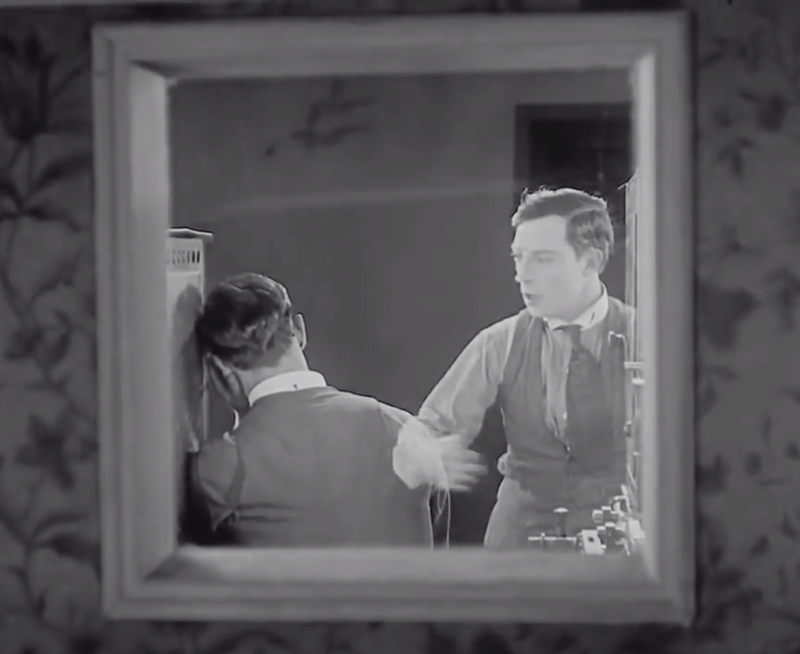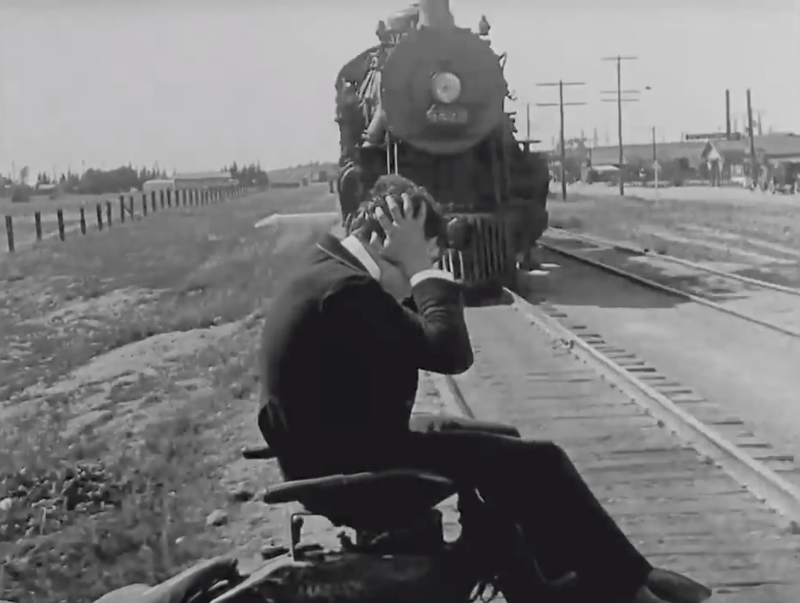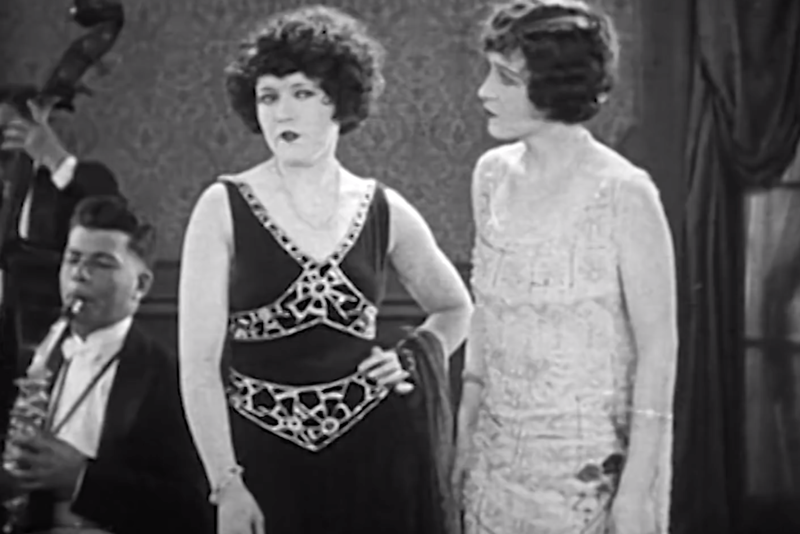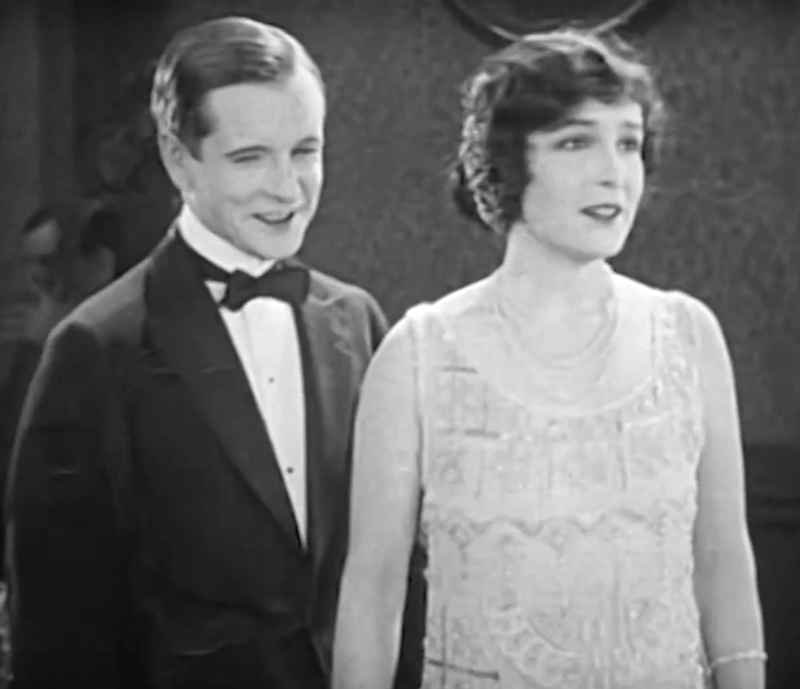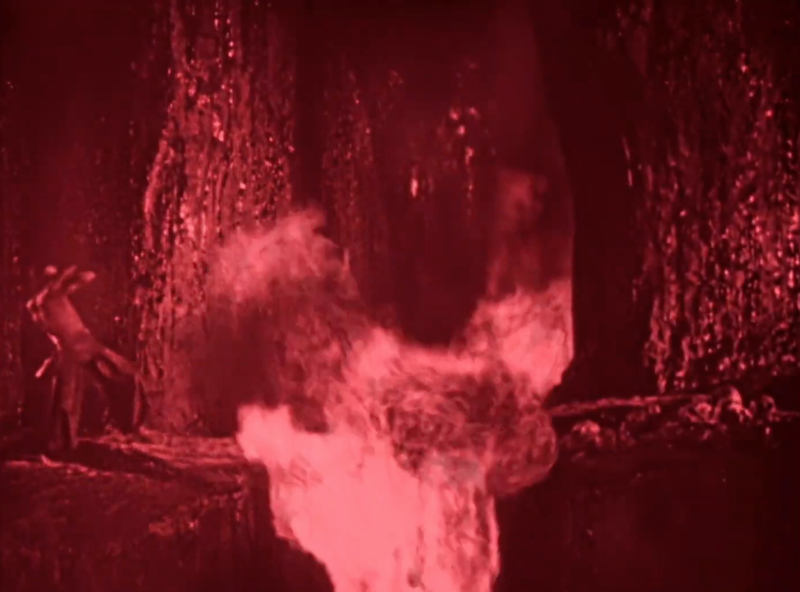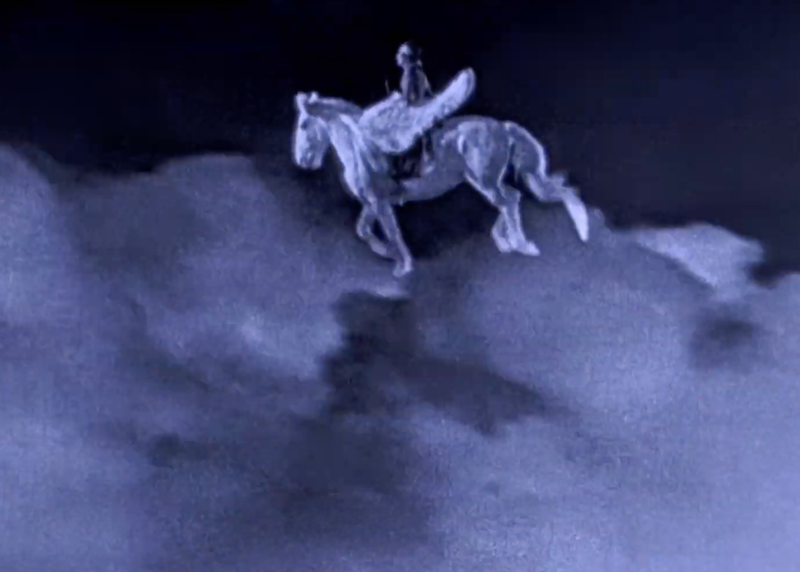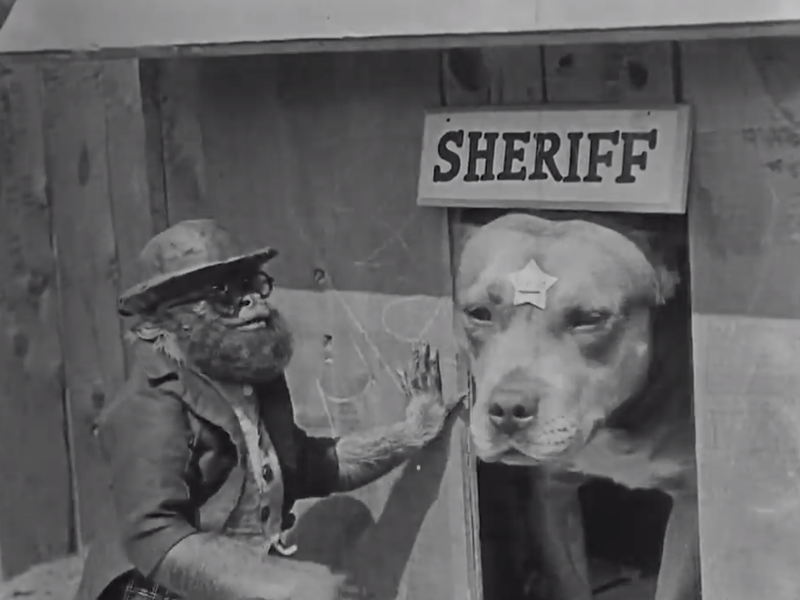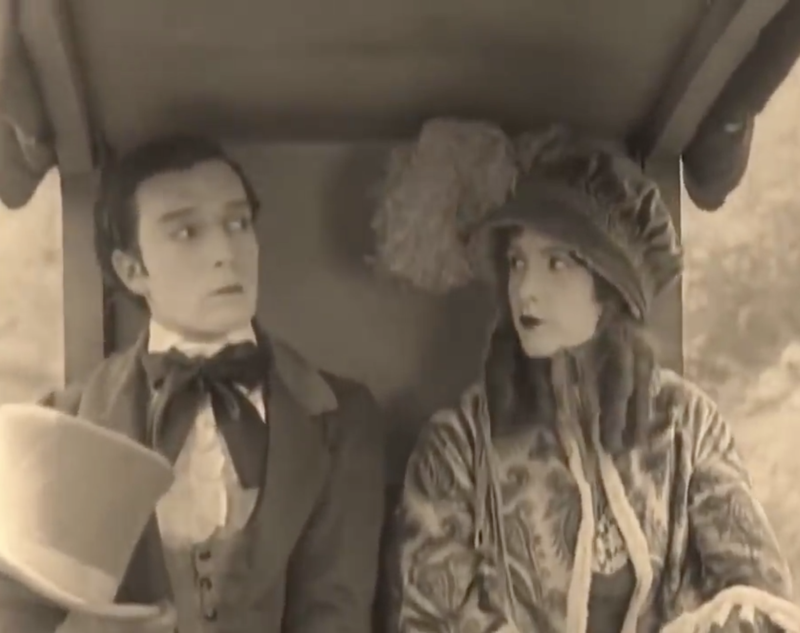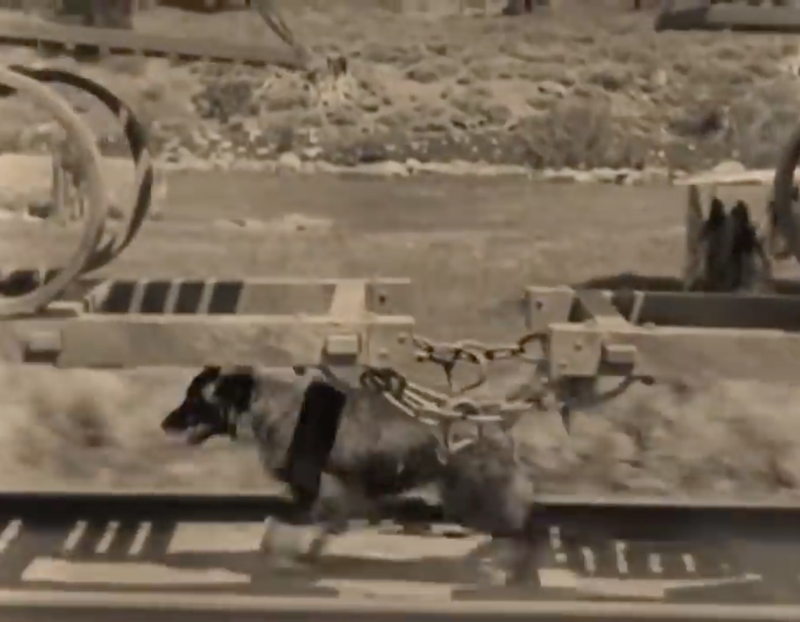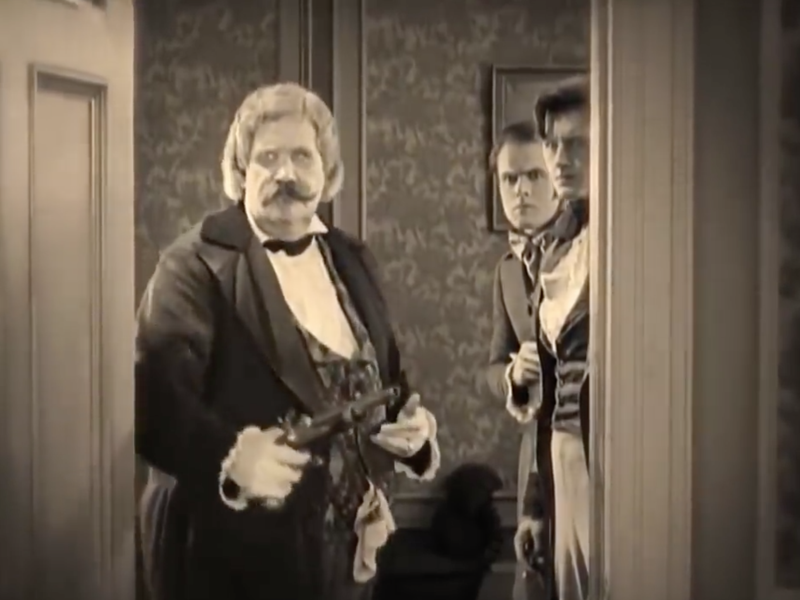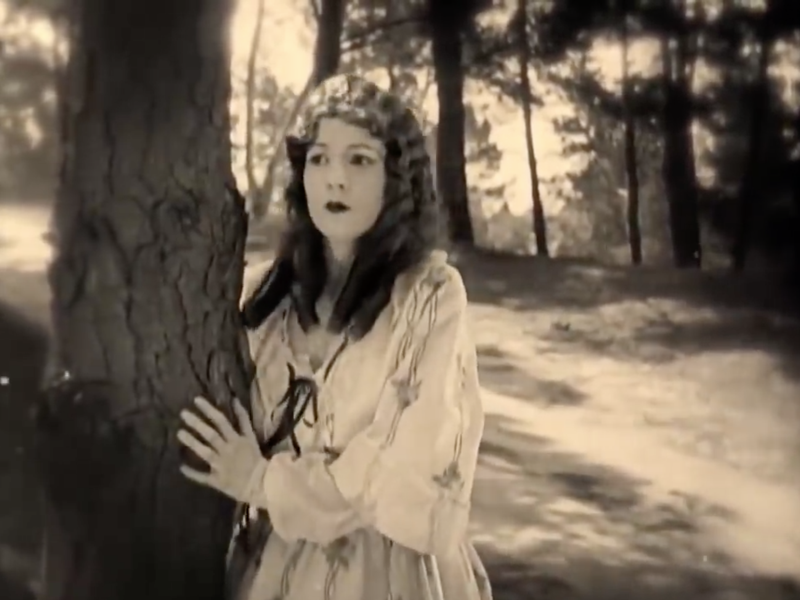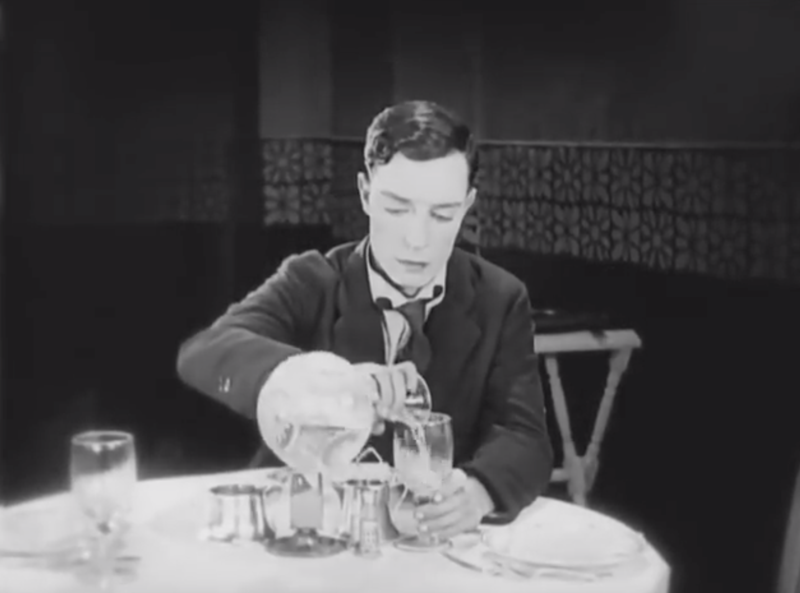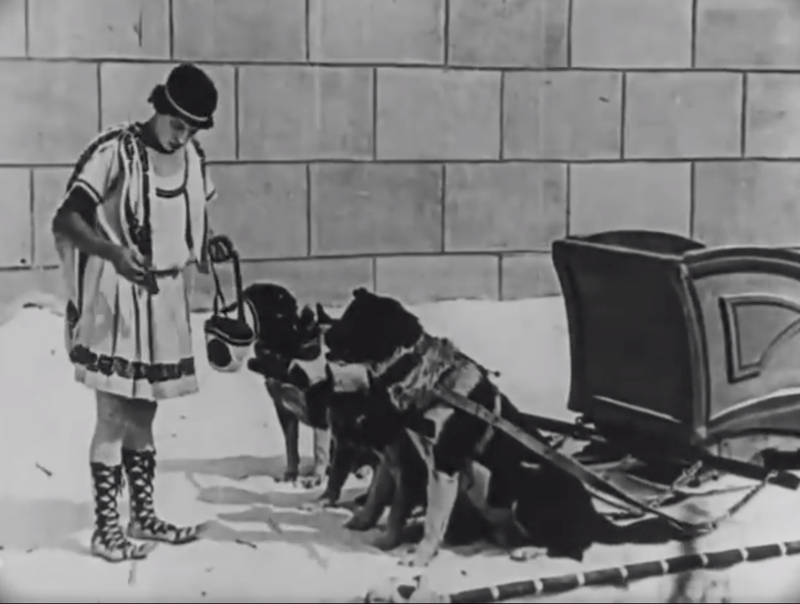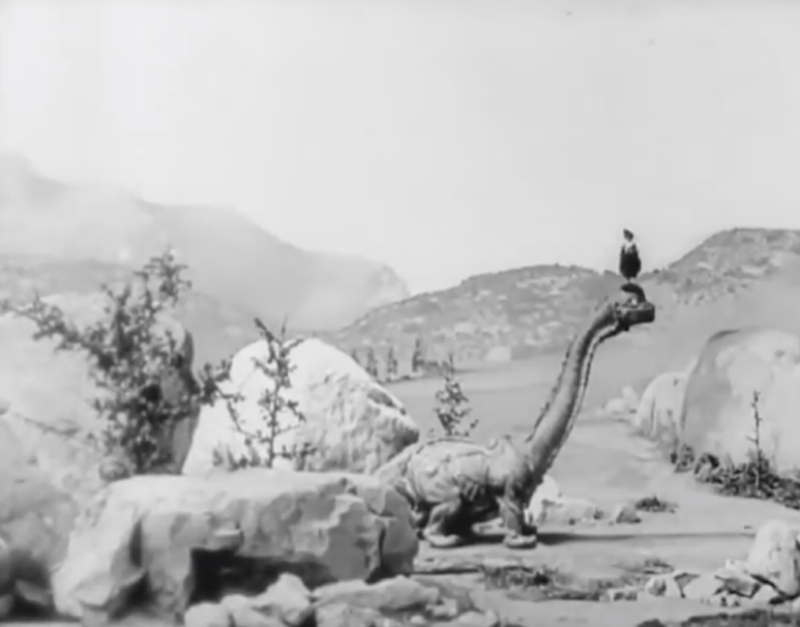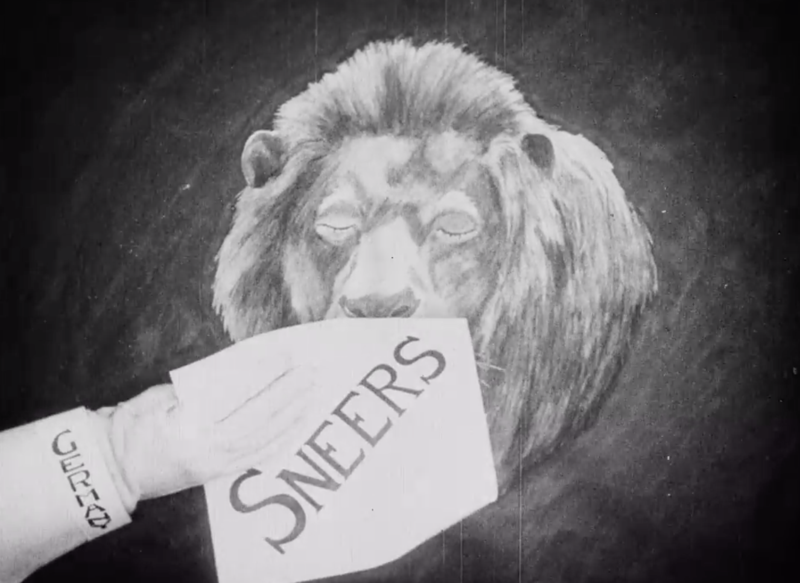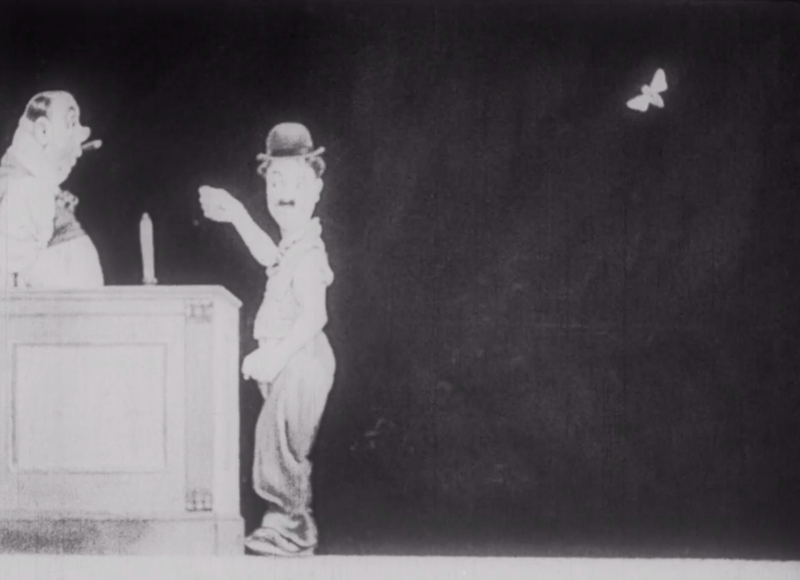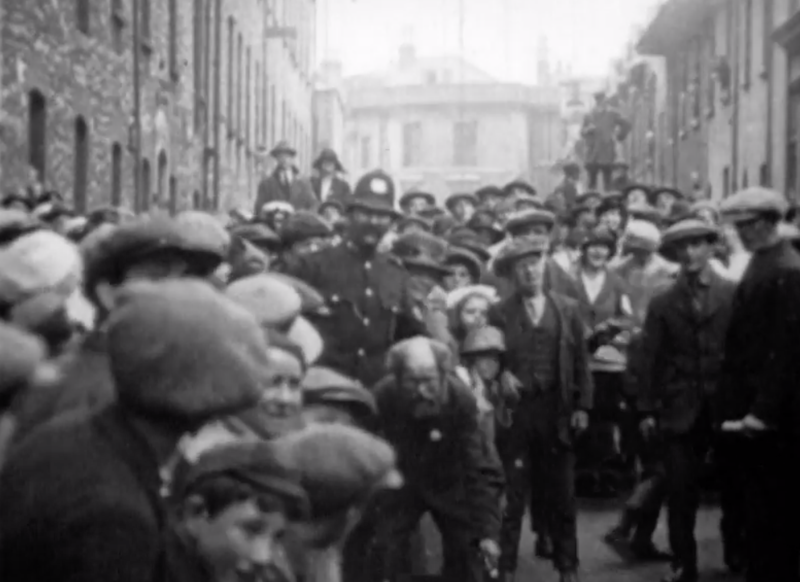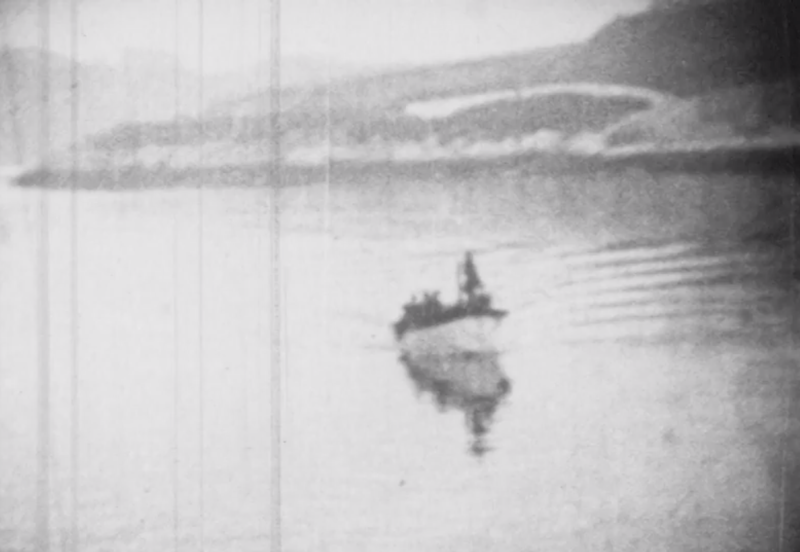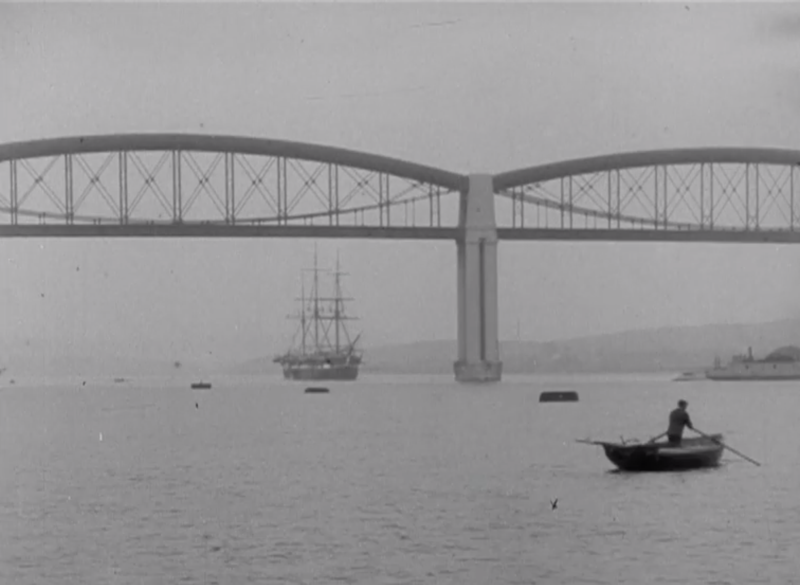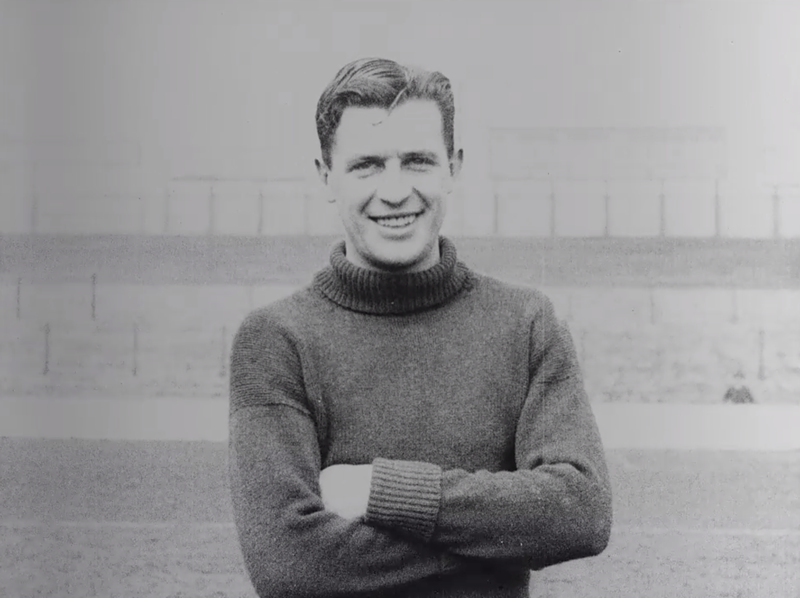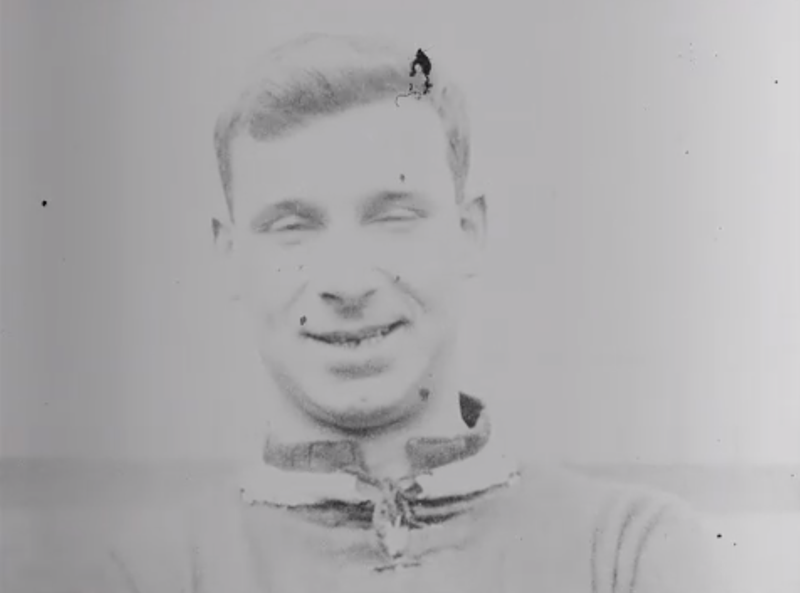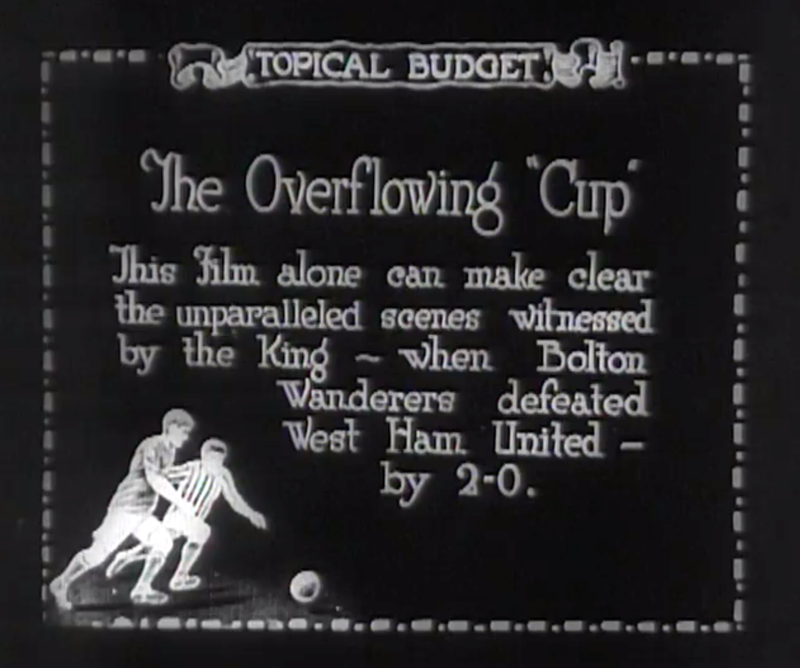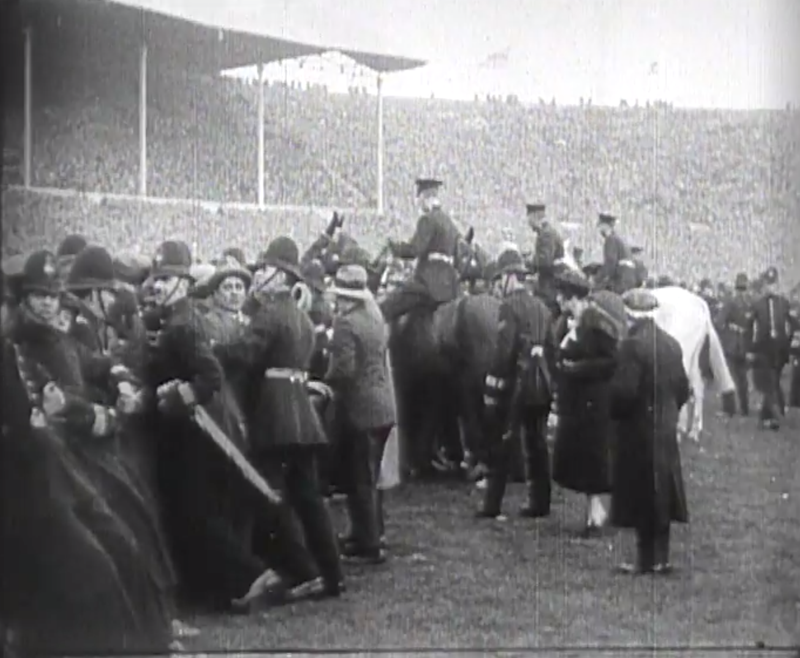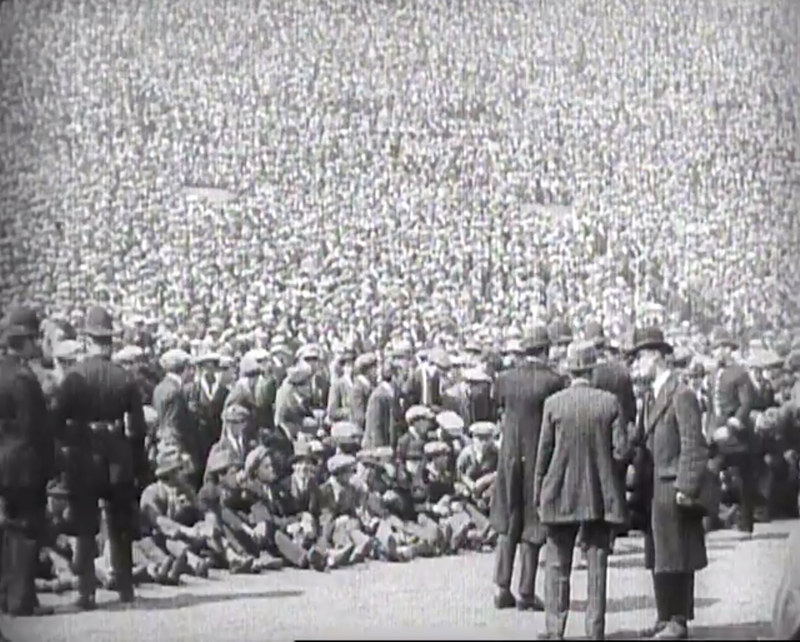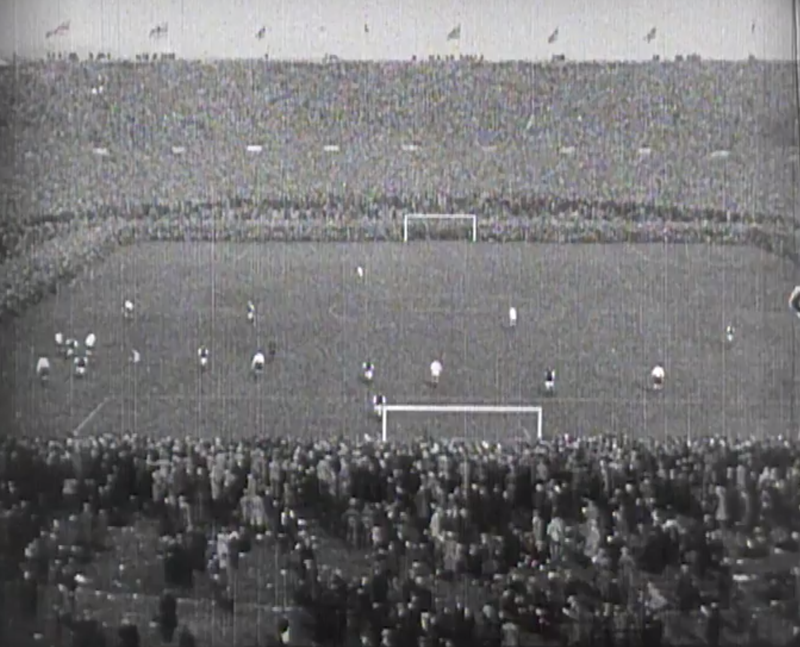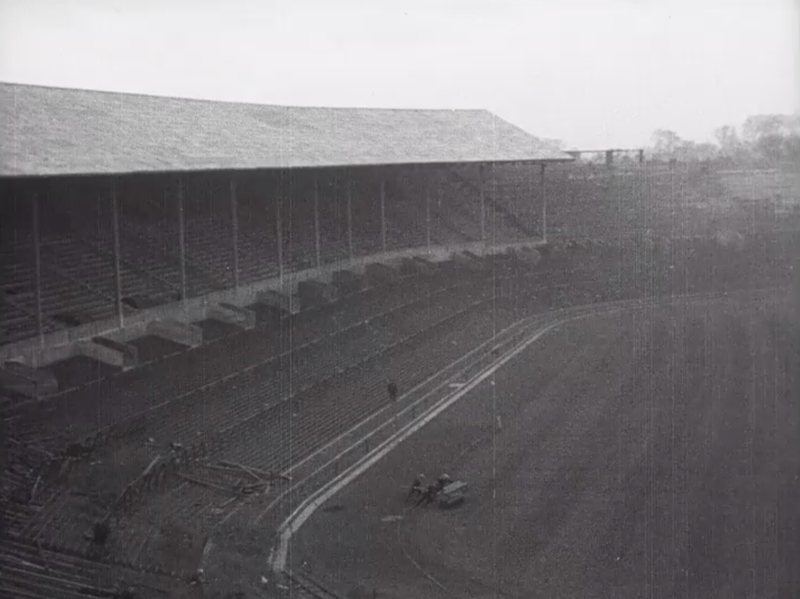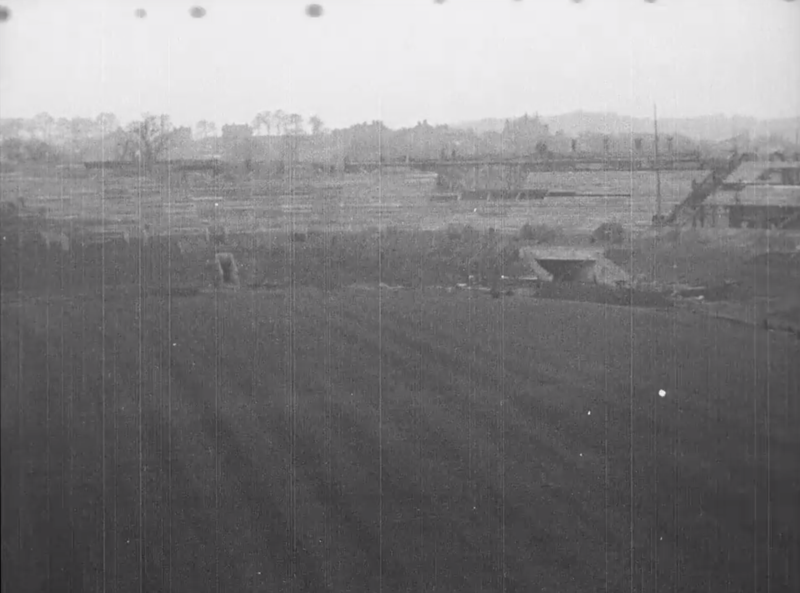The Mystery Of Fu Manchu, the first ever film adaptation of the Fu Manchu novels by Sax Rohmer, was a series of 15 half-hour adventure stories released in 1923 (although only 13 of these still exist, and a couple of those only in truncated form).

The set-up here is fairly familiar, with the two central characters, Nayland Smith (Fred Paul), and his faithful sidekick Doctor Petrie (played by the magnificently named Humberston Wright) basically replicas of Holmes and Watson, while Fu Manchu (Harry Agar Lyons) is their eternal Moriarty, who has a nice line in both utilising endlessly inventive ways to kill his enemies (in one of the episodes he murders people by dropping poisonous cats onto their heads) and fashioning increasingly ludicrous ways to escape the law and therefore carry on to fight another day/episode/series/century (secret doors/exploding houses/falling into the Thames and drowning/running away slightly faster than they can catch him!).

Every episode is essentially the same (a murder! a chase! a second murder averted at the very last moment! an escape!), but there’s just about enough variety to sustain it all. Unfortunately, there’s also lots of strangely inert scenes where the various detectives and policeman have long drawn out conversations we can’t even hear but which are filmed as if we can (the one that ends with intertitle cards saying “I want some milk… and a trowel!” is definitely the high point here).
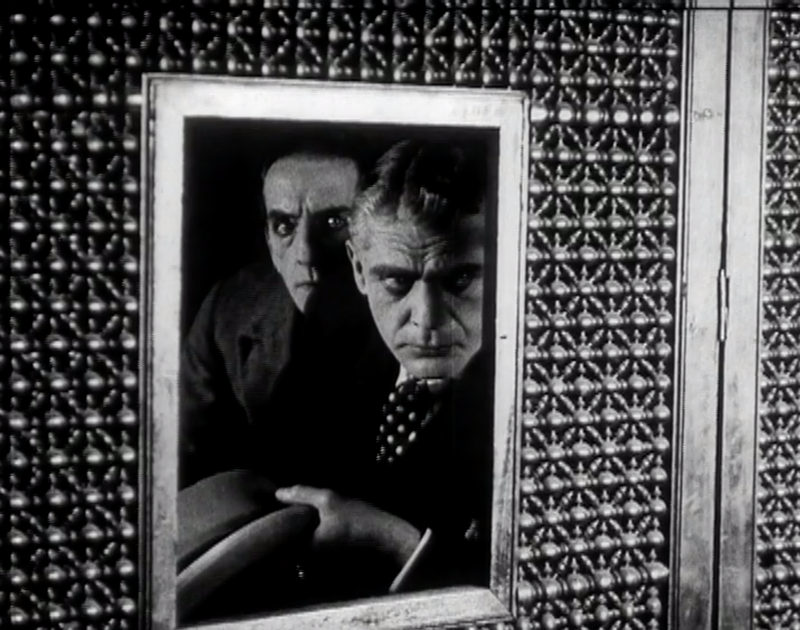
One of my favourite episodes was The Knocking At The Door, which combined some excellent pseudo ghost story stylings, where a frightful knock, knock, knocking at the chamber door is slowly driving everyone mad, with a secondary tale about Fu Manchu living in Madame Tussauds now.
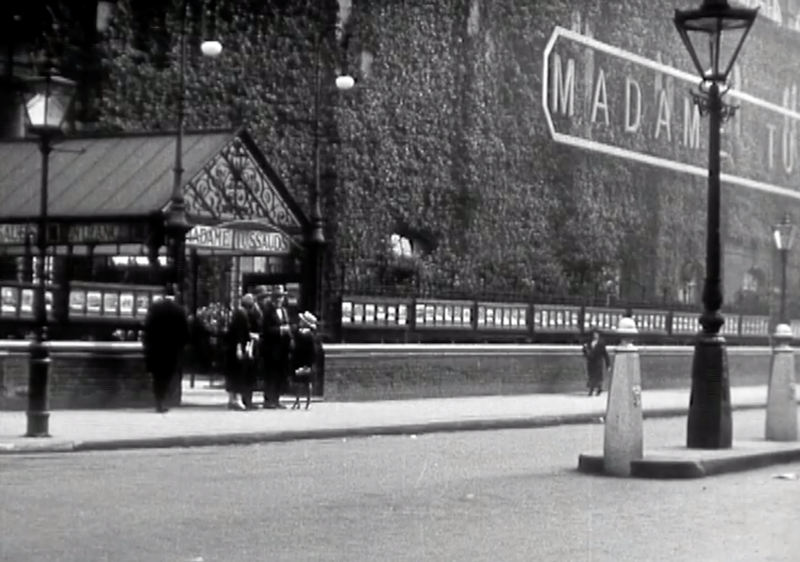
Q. Why is Fu-Manchu living in Madame Tussauds now?
A. There is absolutely no explanation of events.
But instead there’s an explosion, which is miles better than any explanation would have been.

Except for the frequently excellent (and often beautifully shot) location shots from a now century old London, by far the best thing in the series is Harry Agar Lyon’s astonishingly weird and terrifying performance as Fu Manchu, from the full scale demented fury in the snarling contortions of his face in practically every scene he’s in, to the unhinged and monstrous violence he metes out to his “slave girl” Karamaneh (Joan Clarkson) in as many episodes as he gets the chance to, as he attempts to throttle and beat her into subservience (while only ever driving her to ever greater defiance).

The very final episode is the only one which has its original tinting intact, with the interiors having a fairly standard sepia tone to them, but the exteriors are all an odd green colour, giving London the air of some distant Neptunian outpost (one of the title cards even says the news of Fu Manchu’s demise quickly spreads “across the Universe” so who knows, maybe it is).

There’s even a happy ending, Fu Manchu getting shot in the face about one hundred times. Which is nice. Especially as it means there’s no chance any of us will ever see him again ever in anything at all at any point ever.
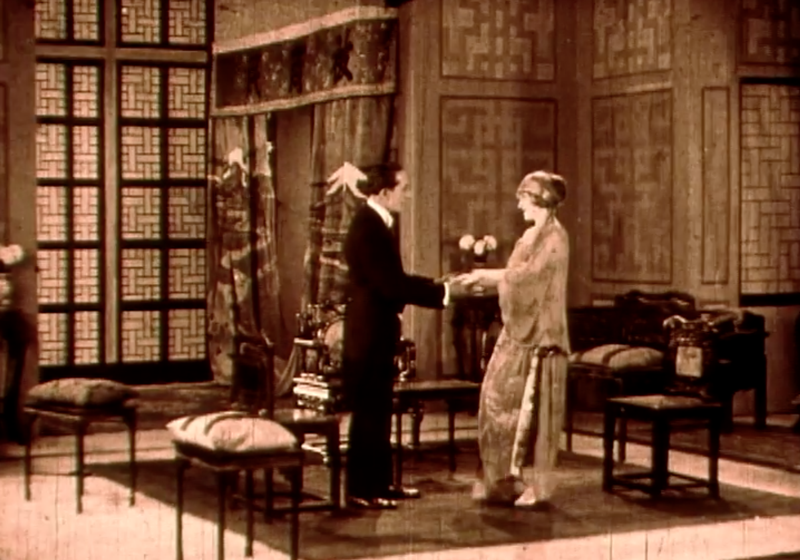
___________
Notes
1. I watched these all on the BFI Player.
2. And have included the links to the various episodes below.
3. As the first episode is missing, I have no idea how the various characters were initially introduced.
4. Which is a shame.
5. There was a second series of this, The Further Mysteries Of Fu Manchu, released in 1924, but I haven’t dared watch them yet.
6. And obviously am not allowed to for another 10 months or so.
7. But also it seems they no longer exist, which kind of hampers me a little.
8. Then after this, Fu Manchu would go on to appear in just about everything, seemingly forever, for some reason or other (everyone just really loved racist baddies, I suppose).
9. While Harry Agar Lyons would also play Dr Sin Fang, who was definitely not Fu Manchu, in another ten films or so.
10. And then of course there’s Ming the Merciless…
11. Back to these episodes, there’s a lot of scenes in these episodes which are clearly supposed to be set at night but just filmed in full daylight.
12. Which I assume would have been tinted to give them some appearance of night time, but in these versions on the BFI player it just gives a strange sense of surreality to the whole thing.
13. Heightened too by the slightly strange geography they inhabit. Petrie’s house seems to be in the middle of some London suburb from the front, a small terrace in the middle of an entire row, but exits out the back to some quiet country village and a wide expanse of lonely woods.
14. Which may be what London was just like 100 years ago, I do not know.
15. But still seems kind of odd.
16. And in the final episode they somehow go from central London to the outskirts via a single basement staircase and subsequent tunnel.
17. In about five minutes.
18. While following a monkey.

19. I love that monkey.
20. The intertitles in this are also kind of interesting, in that the ones for Doctor Petrie and Nayland Smith are in a normal, boring font, and the ones for Fu Manchu are in a pretend Chinese font.
21. And then in one, where Petrie’s losing his mind with paranoia, they change half way through from his font to Fu Manchu’s font and it’s bloody great.
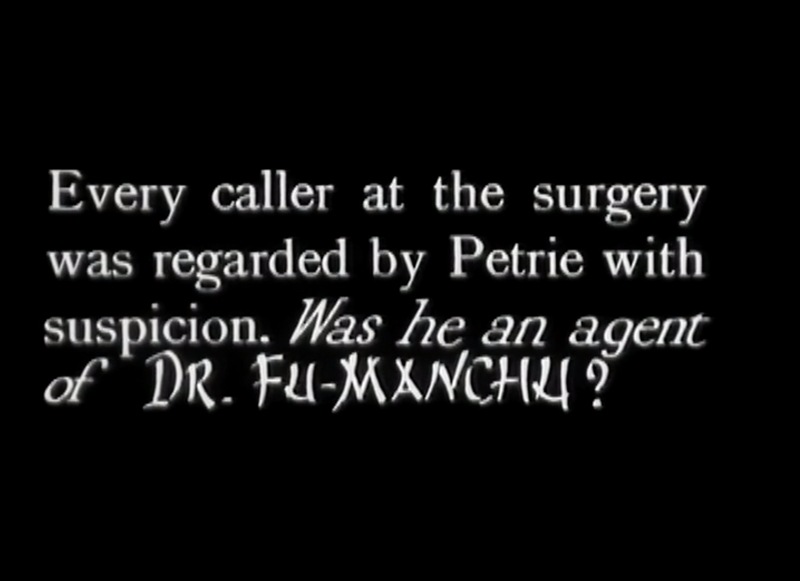
22. I couldn’t tell you why but it is.
23. And finally, here’s another bunch of screenshots of either lovely London landmarks or strangely wonderful faces.
24. Purely because I took loads of screenshots and want to use them all.
25. And also because if nothing else it’s a very nicely shot series.
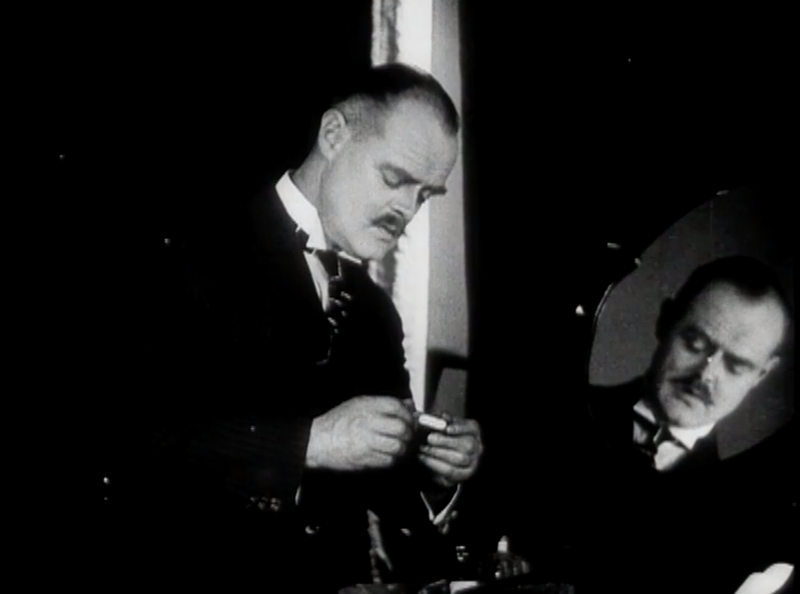
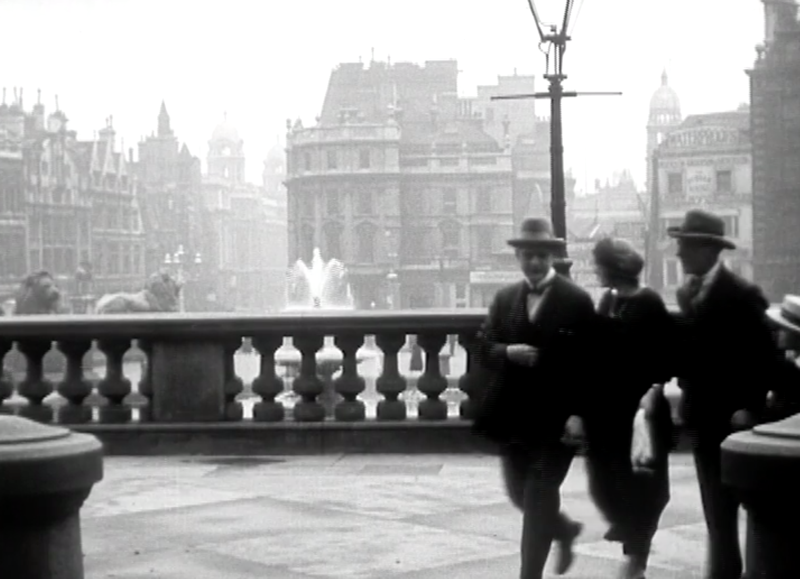
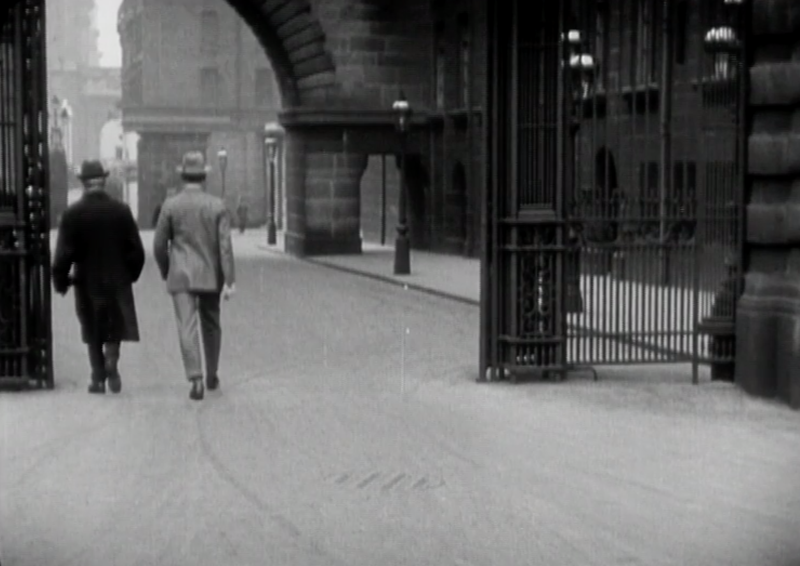
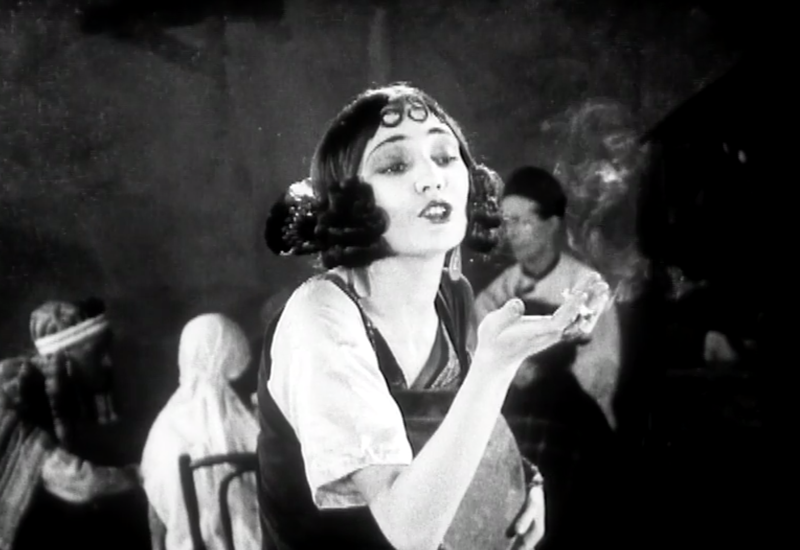
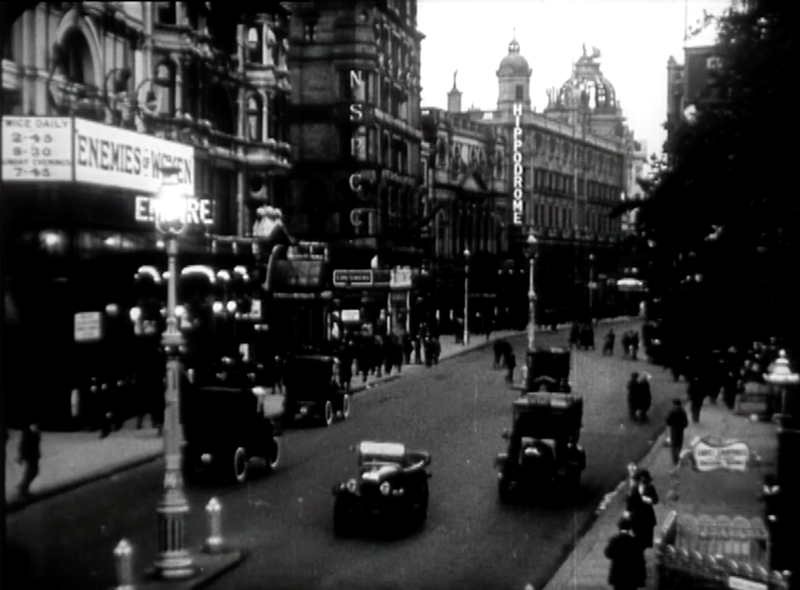

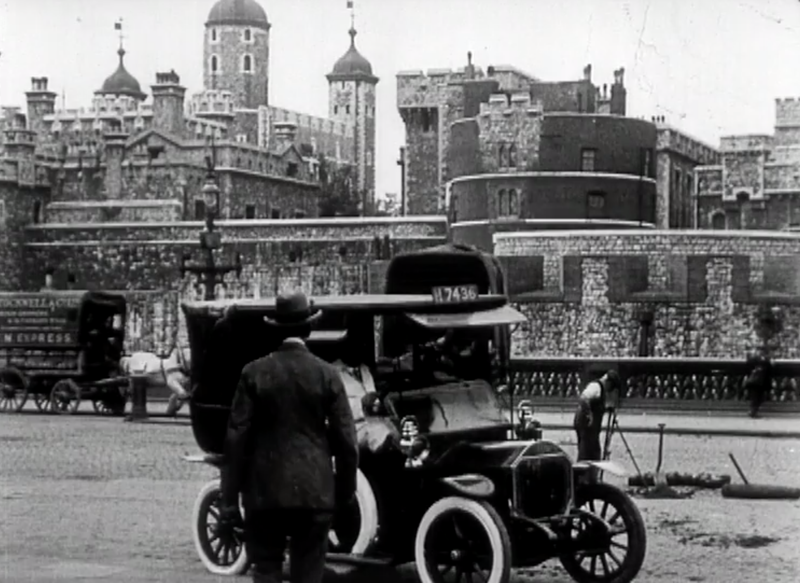

___________
Film Information
Title: The Mystery Of Fu Manchu
Director: A.E. Coleby
Year: 1923
Episodes (and where to watch them)
1. The Scented Envelopes (lost)
2. The West Case (wrongly listed here as Aaron’s Rod)
3. The Clue Of The Pigtail (only 12 minutes of this exist)
4. The Call Of Siva
5. The Miracle
6. The Fungi Cellars
7. The Knocking on the Door
8. The Cry Of The Nighthawk
9. Aaron’s Rod (missing, seemingly, although the episode description is listed here, just with the wrong episode included alongside it)
10. The Fiery Hand
11. The Man With The Limp
12. The Queen of Hearts
13. The Silver Buddha
14. The Sacred Order
15. The Shrine Of Seven Lamps
Note: Downloads of 13 of the episodes can be found at the internet archive, but I haven’t watched them yet so can’t vouch for the quality.

